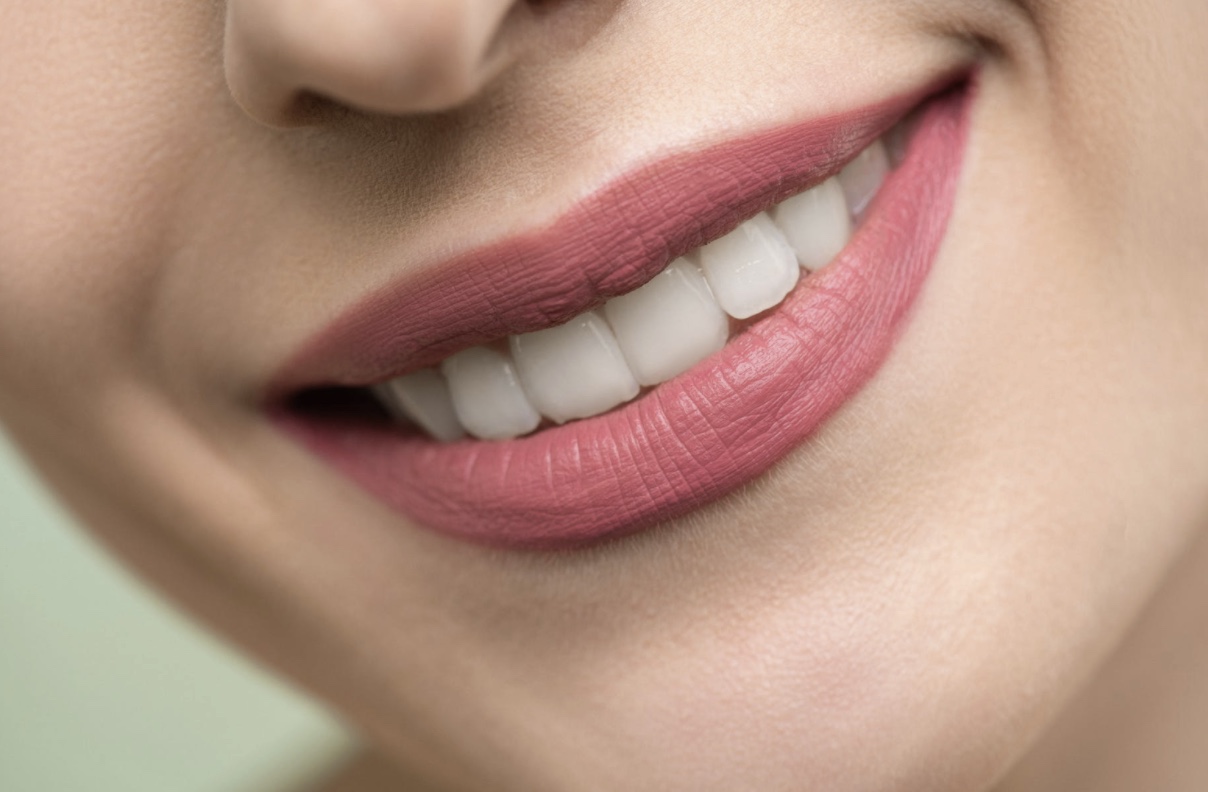When it comes to dental health, we often get so focused on pearly white teeth that we forget about those pink gums. But a failure to pay attention to them could lead to serious oral health issues, including gum disease.
Chapter Overview
What is Gum Disease?
Gum disease, while entirely preventable with good dental hygiene and regular dental care, is a dangerous and long-term health issue that can lead to a number of unwanted symptoms and side effects.
The gum disease process begins with plaque building up underneath and along the gum line. This bacteria-filled substance can lead to infections that cause damage to the gums and bones underneath. This may eventually lead to early-stage gum disease, known as gingivitis.
Gingivitis typically causes gums to be inflamed, red, tender, swollen, and prone to bleeding. The good news is that gingivitis is reversible. However, left untreated, it can turn into more serious issues like periodontitis (which is an advanced form of gum disease that affects the bones holding teeth in place).
When gingivitis turns into full-fledged gum disease (advanced periodontitis), it can lead to chronic bad breath, bleeding gums, loose teeth, and gums that easily pull away from teeth.
How to Prevent Gum Disease
The good news is that gum disease can be prevented. And if you’re in the early stages of gingivitis, it can actually be reversed. Here are a few suggestions:
1. Brush and Floss Daily
You should brush your teeth at least twice per day (and ideally after every meal). Additionally, you should floss at least once per day. It doesn’t matter when; just make sure you’re doing it!
When brushing your teeth, spend at least two minutes scrubbing. Run your toothbrush in a gentle circular motion, making sure to get the tops, bottoms, and sides of your teeth. When flossing, gently run the floss in between each tooth and dislodge any food particles that may be stuck inside. If you want to be extra cautious, brush your teeth once again after flossing.
This dentist who does quality dentures in Midtown Manhattan NY also recommends using interdental brushes if flossing is too tedious for you.
2. Get Regular Cleanings
In addition to taking care of your teeth with regular brushing and flossing, you should see a dentist on a regular basis for dental cleanings. The general recommendation is to have your teeth professionally cleaned once every six months.
“A professional cleaning is the only way to remove tartar,” Healthline explains. “It can also get rid of any plaque you missed when brushing or flossing. If you have gingivitis, brushing, flossing, and regular dental cleanings can help reverse it.”
Your dentist can also provide personalized advice on how to care for your teeth based on your own health factors and other circumstances.
3. Be Proactive With First Signs of Gum Disease
As previously stated, gum disease is reversible. Thus it’s imperative that you proactively address the underlying cause with the first signs and symptoms. In minor cases of gingivitis, a proper brushing and flossing routine is typically enough to gain control. In more advanced cases, you may need to see a dentist for treatment.
Non-invasive gum disease therapy is one good option. With this conservative method, doctors remove plaque and tartar that’s below the gum line. This can stop gum disease in its tracks and prevent more serious progression.
4. Use a Saltwater Treatment
If you’re looking for additional ways to treat/prevent gum disease, a regular saltwater treatment can help. According to a 2016 study, a basic saltwater rinse is “very beneficial” to jumpstart the healing process in gums that are inflamed by gingivitis. Here’s how it’s done:
- Add ½ teaspoon of salt to a lukewarm glass of water and stir well.
- Swish the solution around in your mouth for 20-30 seconds.
- Spit out in the sink.
- Repeat up to three times daily.
As long as you don’t leave the saltwater solution in your mouth for too long of a period, this treatment is totally safe and effective. It’s a good option for anyone, regardless of whether gingivitis is already present or not.
Live Healthy, Be Healthy
The great thing about gum disease is that it’s preventable. Even better, it can be reversed in the early stages. Keeping your gums in tip-top shape is as simple as making healthy decisions on a daily basis. All it takes is a few minutes of extra care and attention. Give these suggestions a try and you’ll feel the difference!

